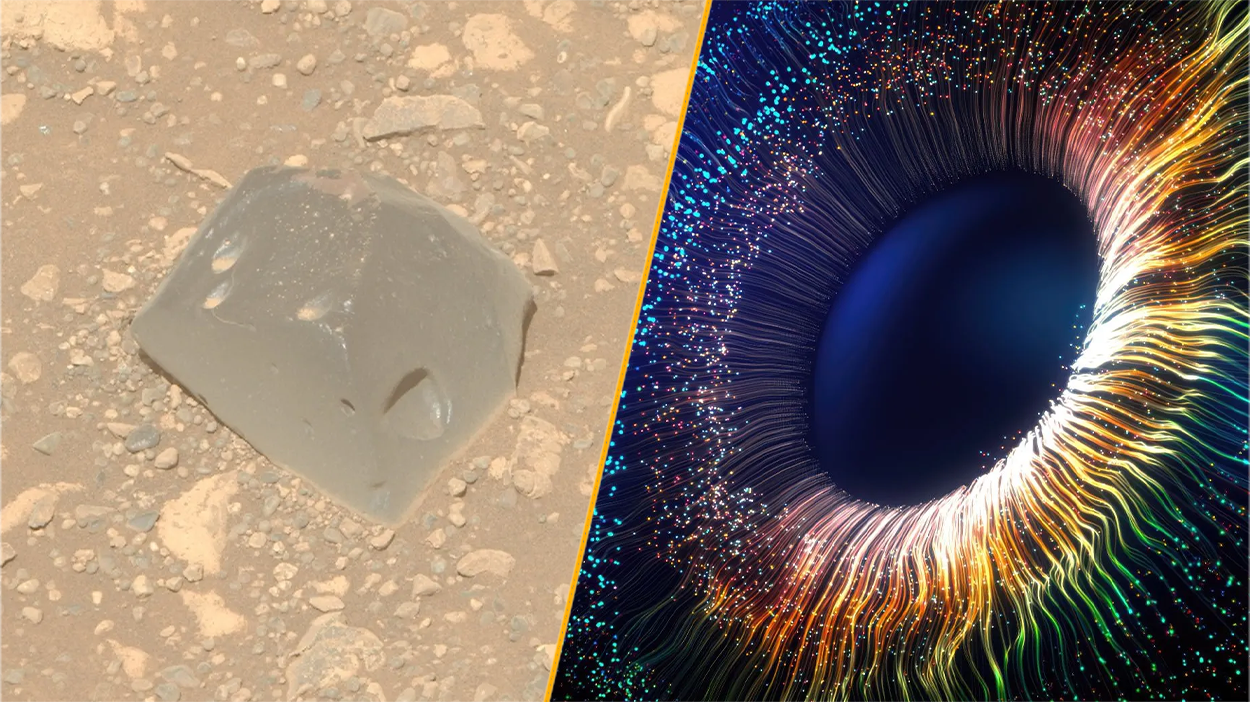Q&A: 'Science' Journal Official Talks Arsenic-Based Life
A recent announcement of the discovery of arsenic-based life on Earth was preceded by intense media speculation about possible implications for the search for extraterrestrial life. Now the journal Science is looking to keep the discussion grounded in a more Earthly reality.
The controversy concerns the bacterium GFAJ-1 that was discovered in a California lake. Not only can the bacteria thrive in high levels of arsenic, but it can also use the poisonous substance as a substitute for the usual phosphorus in its DNA, according to the study detailed in the Dec. 2 issue of the journal Science.
That finding raised eyebrows, because phosphorus is considered one of six key ingredients for life on Earth to survive. If the study holds up, it would imply that "shadow" organisms exist on Earth with a different evolutionary origin and history than "normal" life.
Many skeptical scientists not involved with the study have raised questions about its methods and findings. That represents a normal part of how the scientific community scrutinizes new findings, according to Ginger Pinholster, director of the office of public programs at the American Association for the Advancement of Science (AAAS), which publishes the journal Science.
What may not have gone so well is the wild speculation that surrounded a NASA press release that came out before the study on Monday, Nov. 29. The release stated: "NASA will hold a news conference at 2 p.m. EST on Thursday, Dec. 2, to discuss an astrobiology finding that will impact the search for evidence of extraterrestrial life."
Pinholster answered questions from LiveScience about how AAAS might have coordinated with NASA to head off early speculation, and how the study's authors plan to respond to scientific criticism of their work.
LiveScience: Can you talk about the use of the word "extraterrestrial" in the initial NASA press release, and how the Science team might have worked with NASA to better handle that in retrospect? [A NASA spokesperson said that the extraterrestrials "statement was accurate" and did not hype the discovery, in response to a query from Ivan Oransky, author of the blog Embargo Watch.]
Sign up for the Live Science daily newsletter now
Get the world’s most fascinating discoveries delivered straight to your inbox.
Pinholster: The research article by Wolfe-Simon was distributed by the Science communications team in the normal fashion: We prepared a lay-language summary of the research article, which was included in the Science Press Package along with other papers forthcoming in Science or via the Science Express website. As always, the "SciPak" team's mandate was to accurately convey the research as it was accepted by peer reviewers.
So, for example, the Science press summary didn't make any mention of possible implications for the search for extraterrestrial life, because there was no such reference in the paper itself. Science did not organize any additional promotional events related to the publication of this research.
The NASA public affairs office sent us a review copy of their media advisory, which was posted on the Monday prior to the Thursday release time. But it appears that during the short holiday week [of Thanksgiving], staff didn't flag the "ET" reference. In hindsight, we should have alerted NASA that this reference, not included in the paper, would be likely to trigger pre-embargo speculation. [An embargo is used by science journals to keep certain research articles under wraps until a certain date.]
LiveScience: Aside from the pre-release speculation and the intense media coverage, do you think that the scientific debate about the paper has been more or less than normal?
Pinholster: High-visibility papers or any particularly surprising findings will tend to stimulate more intense scholarly debate. So this isn't uncommon, and in fact it's a necessary part of the process of discovery. In this case, Science had published journalist Elizabeth Pennisi's excellent overview of the issues along with the Wolfe-Simon paper. The news article provided an in-depth review of the work as well as a range of scientific interpretations of it. The pre-embargo Internet speculation regarding NASA's announcement definitely seemed to intensify post-publication responses to the research.
LiveScience: Do you have any particular policies about how authors of Science papers should respond to criticisms by other scientists in media stories?
Pinholster: Science and its nonprofit publisher, AAAS, seek to communicate science broadly. We encourage all Science authors to respond promptly to media queries. We're delighted that Dr. Wolfe-Simon is now preparing a list of "frequently asked questions." We'll also look forward to her team's response to any input formally submitted to the journal.
LiveScience: Is this incident going to change anything about how AAAS handles future press releases and sensitive embargoed research?
Pinholster: The Science Press Package team reviews all embargo episodes to identify lessons that help us continue to improve our performance and service to journalists. We'll take a closer look at any pre-embargo media advisories submitted to us for review. I'll probably also be doing follow-up with key reporter-advisors in the coming months to get their feedback as well.
- Extremophiles: World's Weirdest Life
- Kerfuffle! Scientific Discoveries Cause a Ruckus
- Strangest Places Where Life Is Found on Earth
The Science paper is temporarily available to anyone who registers for free here.
You can follow LiveScience Senior Writer Jeremy Hsu on Twitter @ScienceHsu.











